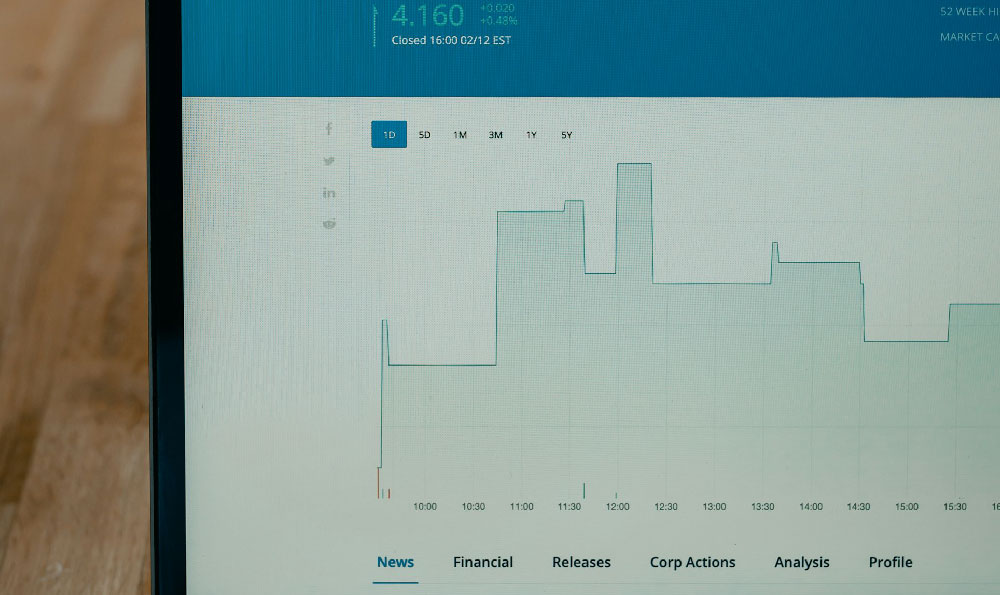Embarking on a career in marine biology is an ambitious endeavor, often driven by a passion for the ocean and its complex ecosystems. As the field continues to evolve in response to climate change, biodiversity loss, and emerging technological advancements, understanding the financial landscape of this profession becomes increasingly crucial for aspiring scientists and professionals already in the industry. The average salary for marine biologists is not just a figure; it reflects the broader dynamics of economic demand, specialization pathways, and the intersection of science with global challenges. This article delves into the multifaceted aspects of marine biology as a career, examining how salaries are influenced by factors such as education, work environment, and technological shifts, while also exploring the industry’s trajectory in the face of environmental and economic pressures.
Marine biology encompasses a wide range of disciplines, from studying coral reef ecosystems to investigating the behavior of deep-sea creatures, and from analyzing marine pollutants to developing conservation strategies. These diverse areas of expertise often correlate with varied financial outcomes. For instance, researchers working in government agencies or academic institutions may receive stable salaries but face competition for grants and funding. Conversely, those employed in private sector roles, such as consulting for environmental organizations or working for biotech firms focused on marine pharmaceuticals, might command higher compensation due to the commercial applications of their work. However, the economic value of marine biologist professions is also shaped by global priorities. As industries increasingly recognize the importance of sustainable practices, experts in marine biology become integral to industries ranging from aquaculture to renewable energy, thereby expanding their professional impact and financial potential.
The average salary for marine biologists varies significantly based on several factors, including geographic location, level of education, and the specific field of specialization. In the United States, for example, the median annual wage for marine biologists is around $62,000, while those in the United Kingdom may earn slightly less, hovering near £45,000. These figures, however, can fluctuate dramatically depending on the scale of the organization, the nature of the research, and the region of employment. Researchers in tropical marine environments, such as those in the Caribbean or Southeast Asia, may receive higher salaries due to the high cost of living and the specialized knowledge required for such ecosystems, whereas those working in temperate regions or coastal areas may experience more modest compensation. Moreover, marine biologists with advanced degrees, such as a Ph.D., tend to earn higher salaries than those with a bachelor’s or master’s degree, as these qualifications qualify them for more complex roles and leadership positions in research projects and environmental interventions.

Specialization plays a critical role in determining the financial viability of a career in marine biology. For instance, marine biologists specializing in marine conservation may find themselves in demand due to the increased focus on protecting biodiversity and mitigating climate change impacts. Their expertise in ecological assessments and policy development can justify higher salaries, especially when collaborating with governmental bodies or non-profit organizations. On the other hand, marine biologists working in academic research may face more financial instability, as their income often depends on research grants and funding availability. However, as technology continues to transform the industry, the role of a marine biologist is expanding beyond traditional research and into data analysis, remote sensing, and environmental monitoring. These technological advancements are not only revolutionizing the way marine biology is practiced but also increasing the demand for professionals who can interpret and leverage this data for scientific and economic applications.
The industry as a whole is experiencing a dynamic shift, driven by the need for sustainable practices and the growing importance of marine biology in addressing global challenges. As industries increasingly recognize the potential of marine ecosystems to provide resources and innovation, the demand for marine biology professionals is on the rise. This trend is evident in the expansion of marine biotechnology, the development of sustainable fisheries, and the integration of marine biology into climate science research. These factors contribute to a more competitive job market and higher salaries for professionals in this field. However, the financial realities of marine biology are also intertwined with broader economic and environmental factors. For instance, the stability of marine biologist salaries may be affected by changes in funding for environmental research, shifts in industrial priorities, and the impact of global events such as pandemics or natural disasters on marine ecosystems.
In conclusion, the average salary for marine biologists is not a static figure but a reflection of the evolving nature of the profession and its integration into broader economic and environmental contexts. Aspiring marine biologists must consider not only the scientific and academic aspects of their career but also the financial implications of their chosen specialization and work environment. By understanding these factors and their implications, professionals can navigate the complexities of the industry and make informed decisions that align with their career goals and financial aspirations. The intersection of marine biology with sustainability, technology, and global challenges presents both opportunities and challenges, requiring a comprehensive approach to understanding the financial landscape of this profession.












